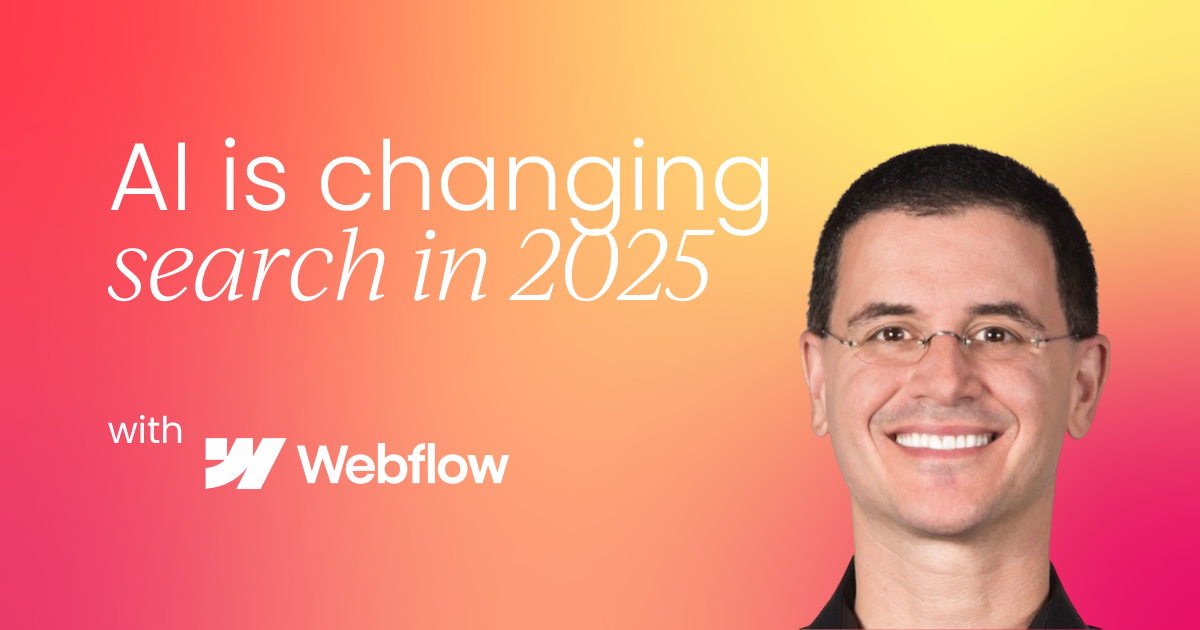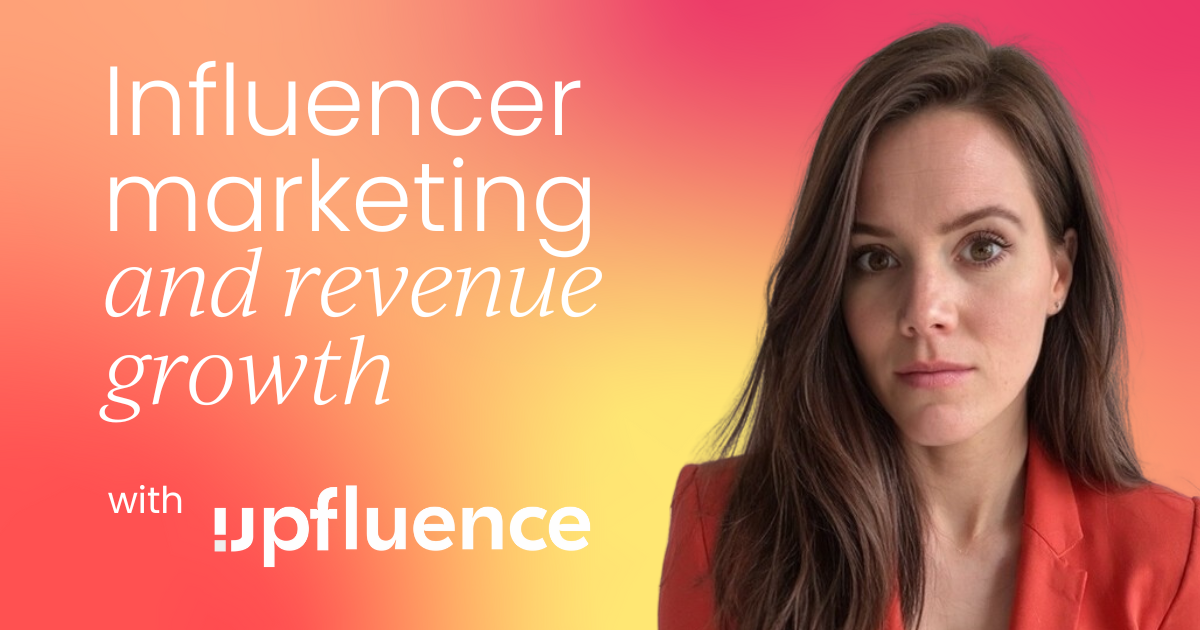In B2B, sales don't come out of nowhere. It takes a lot of hard work and a lot of grit to generate awareness and get people to be acquainted with your brand. It takes sales conversations, demo calls, business cases, etc.
At Dreamdata, we put out some benchmarks last year about our customers' B2B customer journeys, and we found that the average journey was around 192 days from the first touch on an account until the account is won. And it had an average of 31 sessions involved in each deal.
When we have a demo call booked on our own website, there's an average of four sessions involved in getting that demo call booked. Typically, what you'd see in the CRM, in Google Analytics, is that the source of our demo calls attributed to somebody who came in directly and booked the demo call.
But what actually happened was that there were four sessions involved in booking this demo. The last two can typically be direct, but it almost always originates from some kind of marketing activity, such as paid, organic, referrals, etc., as the first touch. Then the second time they might Google the brand and then organically arrive at the website.
What this means is that the CRM will say: “Somebody just came in directly and booked a demo,” it means that the business does not understand how their activities impact revenue. And for the marketers, it means that they don't know where to invest their money.
And they end up in this situation where they can't prove what works, so they throw money left and right on stuff that doesn't have an impact. So when tougher times come around, it's a tough spot to be in marketing if you can't connect the dots from the first session until the business outcome is there.
It’s great when salespeople win deals, after all that's what it's all about – it’s the scorecard for marketing success. But it's pretty nice to see that 80% of the touches leading up to that deal are brand campaigns, marketing campaigns, all sorts of stuff that help those accounts gain awareness about your company, and then at some point they end up in a sales conversation that ultimately becomes a deal that you win.
Prefer to listen? Check out Steffen's appearance on the CMO Convo podcast 👇
Going beyond the touchpoints
There's stuff that’s easy to measure, which is things like clicks, emails, calls, etc. But then there's other stuff that is absolutely valuable, but it's harder to measure. So the activity in a Slack channel, people you meet at a conference, all these things that don't leave behind a digital trace, they can still be very valuable.
So you need to understand that we can represent something with data. There are other activities that you would still do in your go-to-market because it makes sense. It's the right people, it's the right interactions we have, and those things you need to find a more qualitative way of expressing, simple ways such as in the sales meetings asking them where they heard about the company, or having a form on your website where you ask people to fill it out themselves. Or take screenshots of whenever your company is being talked about in a Slack channel or on LinkedIn, or wherever it is. So you have something to support your narrative that we're doing these things. Make sure you gather the evidence that things are actually working.
But my practical advice for getting started here would be to start building a narrative of how we're doing these things in marketing because we want to achieve XYZ, and then we will make more money. And then start talking with other people in your company and see whether they actually believe this narrative.
Then once you've established a meaningful story about what you're doing, start bringing the evidence. Some of it can be qualitative, screenshots, anecdotes, etc. Others need to be really quantitative, i.e., we bought all these ads, we bought 10,000 clicks, it yielded 1000 emails, and out of those 1000 emails we got 20 new deals.
So you need to move on both fronts, both the kind of qualitative and quantitative.
How to get stakeholder buy-in for marketing attribution
Alignment between sales and marketing is a crucial component for B2B. Because you can be doing the best marketing in the world, but if the salespeople don't chase the leads that you bring in, there's gonna be no ROI, no return on ad spend, because your company didn't make any money. And so you absolutely need the intention and alignment of the salespeople.
I typically advise people to insist on being part of the weekly sales meeting and pipeline meeting. Somebody from marketing has to sit in on that meeting so they can listen to what the salespeople are saying. Do they like the leads? Are the leads wrong?
But you also need to make sure that the people upstairs understand what outcomes you’re trying to achieve with your budget. And if you give us more, this is how I'm gonna spend it. So that could be your CFO or CEO. You just need to be really, consistent in explaining why you’re carrying out these activities. And what is it that we're expecting to see as an outcome, and then bring the proof of your outcome once you have it.
I think it's up to us as marketers to be proactive about it. To take responsibility to ask for the budget rather than just being given the budget. That way you can explain why you’re doing these different things, rather than just being given a budget by the CFO that tells you they’re not really paying attention to whether marketing impacts the business or not.
How to create a B2B attribution model
Setting up an attribution model is a particularly special discipline in B2B. We have these benchmarks of our customer journey being 192 days and 31 sessions. On our own account, it's more, both in terms of days and sessions and stakeholders. So what that means is none of the conventional tools out there are built for understanding a scenario like this.
So that being Google ads, Facebook ads, LinkedIn ads, Twitter ads, whatever ad platform, they're just wired to understand the behavior of an individual and what that individual click yielded in the first session that occurred. But all of us know in B2B that there's a time span between us spending money and seeing revenue come back. So all of these platforms can tell you absolutely nothing about the revenue that they yield from the clicks you buy.
So we need to find a different way of connecting our activities to money. It also means that Google Analytics is absolutely useless, even though it's what 95 to 99% of B2B marketers rely on today. Google Analytics is blindly looking at individual browsers. So if you come from your computer, and then your phone the next day, it looks like you're two different people. So all the traditional tools, including the CRM system, has absolutely no clue what's going on.
The way to change this is to enable yourself to actually look at the journey of what happened. And the first practical thing you should do is to say: “What are all the activities we do today to really ensure that they leave behind digital traces?” So that could be your salespeople calling customers.
Maybe ask them to call from within some kind of calling software, so the CRM system can trace when you called a particular person from a particular company. If your customer success is handled through your Gmail inbox, you probably want to move that into a software system as well. If you meet 15 people at a conference you sponsored, make sure you actually register this in your CRM system so there's some kind of trace.
Understanding customer journeys
So step one is generating the data you need to understand these journeys. They say the best time to plant a tree was 20 years ago, and the same goes for starting to produce the data you need once you want to do the analysis. Another component that you need is typically the website data, meaning the people who come to your website.
Right now people are quite often relying on Google Analytics. But Google Analytics is not your entity, you don't own the data that sits within Google Analytics. So you need to first-party track what takes place on your website, into a data warehouse, where you sit on top of this data, so you can make sense of it when you want to do it.
So if you have all your system and tools, you have your website data, then what you need to do is to model this into a B2B context, into an account-based context. So we don't think about people as individuals, but we actually think of people as part of a progressing timeline.
B2B companies buy as teams, they have buying committees, so one might be the first person you meet because they’re doing the initial research, they didn't have to bring in teammates, and they have maybe other people who are signing the contract. And if you can’t view these people in an account-based timeline, then all of them look like individuals, and you will have no clue about what's going on.
So you can go down the path of hiring very expensive data engineers or data scientists to help extract all this data out of each silo and then build an account-based timeline. Or the quicker thing would be to buy some kind of software like Dreamdata, or some of the related products, to model the data for you.
At the end of the day, it’s just about being able to understand what are all the activities we're carrying out today. Which of them yield pipeline and revenue, and which of them don't. I think about the world as kind of a normal distribution bell curve. You can basically plot all your activities, and if you can constantly weed out the worst part of your go-to-market and shift resources over to what's working, then over time, you become more and more effective. Your customer acquisition costs improve, and so forth.
Implementing effective marketing attribution models
There are definitely industries that lend themselves better to analyzing digital paths than others. In businesses where you have multiple deals coming in every month, or even more coming into the sales pipeline, you have more volume and velocity to analyze. So I think one component is if you have a business where your go-to-market is fairly digital, that's a very favorable place to be if you want to understand what's going on.
If everybody's just working out of pen and paper and meeting people physically at a conference, it's harder to understand what's going on. I think it comes down to you being interested in the topic, and constantly being curious about how we make money. Where do clients come from? I think this is the number one question you should start asking in your company, how do we produce revenue? What are the things we do for us to have the outcomes we want?
We pick up the phone and we call people. That's one option. But what actually happens? Could we do something so people know a little bit about u before we call? Can we make sure that we actually appear when people are in the market just searching in Google or on a review platform? So just keep being curious about how you make money. That's probably the place you should start.
Conclusion
Use your gut feeling and intuition for ideas. And then when you need to make decisions about what to scale and what to stop, then you need to provide yourself with data to make these decisions. So it fluctuates between being driven by what feels like a good idea, and then making sure you have data when you need to make these tough decisions about how to place your budget.
Marketers shouldn't be looking to invent stuff that isn't there. But you should be super curious about what is actually there and trying to repeat the stuff that clearly works.
A little about me
I'm Steffen Hedebrandt, the CMO and co-founder of Dreamdata, a B2B revenue attribution company. The reason why I'm really interested in marketing attribution is that I've been in B2B marketing and growth-related roles for my whole career since I finished university more than 10 years ago.
I've found out that the way to be the most successful and appreciated as a B2B marketer is to have a real impact on the business’s pipeline or the revenue that is coming out at the end. That's why I want to understand what paths the customers have been on that we've won. And I want to try to understand whether it's the stuff that is easily repeatable, so we can do more of what works and do less of wasting money on stuff that doesn't yield any pipeline or revenue.
Are you struggling with effective marketing attribution? Maybe you've found a winning method that needs to be shared. Head to the CMO Alliance Community Slack Channel and join the conversation with a global network of marketing leaders.







.png)









 Follow us on LinkedIn
Follow us on LinkedIn




